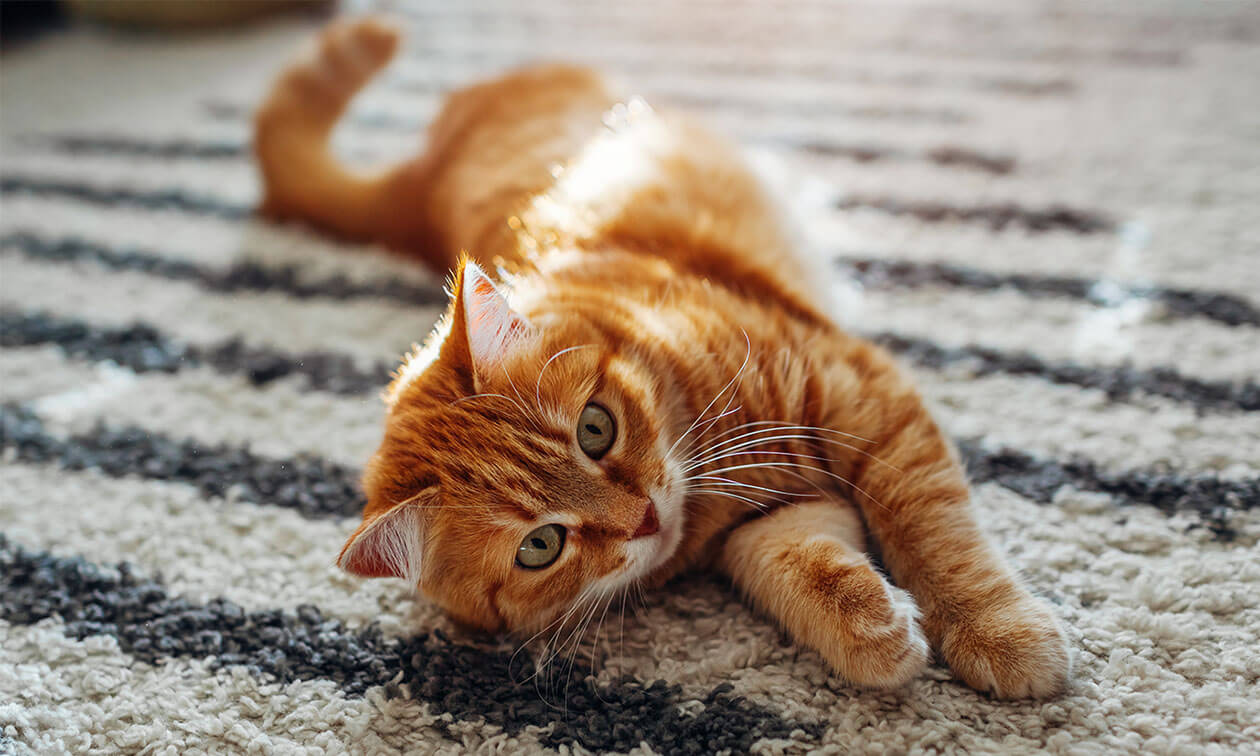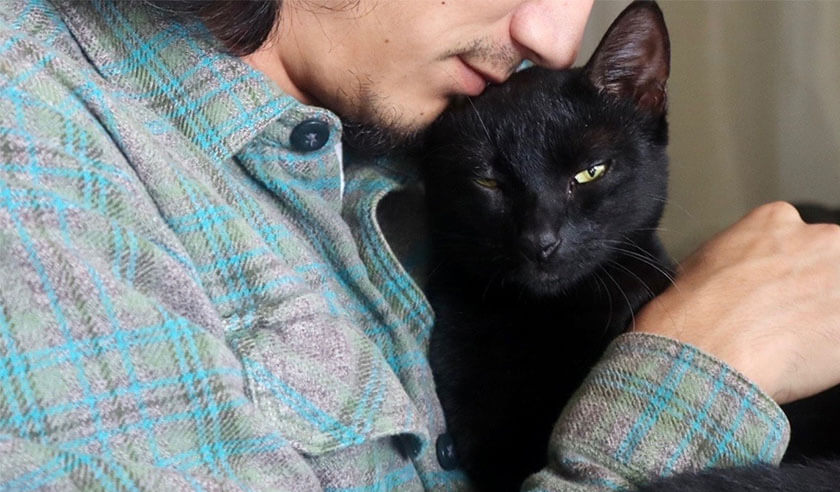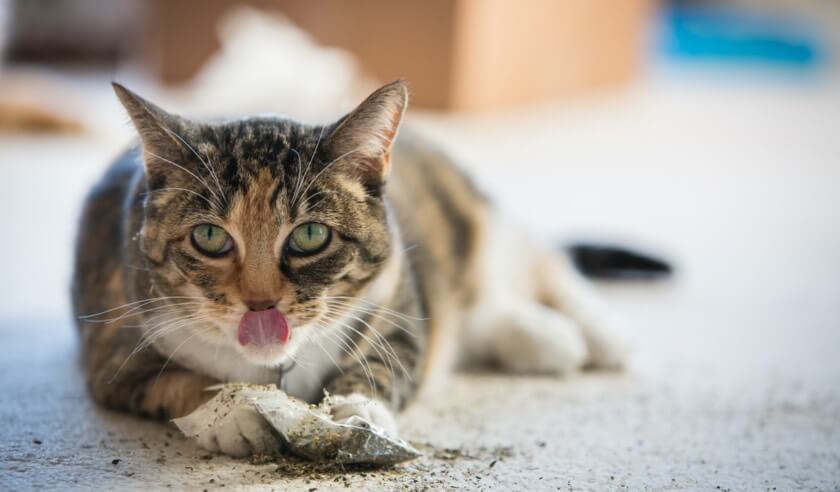While dogs have evolved and been bred into a variety of shapes, sizes, and colors, domestic cats have maintained their basic shape and size, but they do come in a profusion of colors. Genetics makes this possible and sometimes, color can even tell you a bit about the cat.
Understanding a Little About Genes
It’s helpful to understand a little about genetics because a cat’s color is all about their genes.
- Genes carry genetic information for a kitten
- The genes are packed into chromosomes
- Every cell of your cat has 38 chromosomes, whereas humans have 46 chromosomes
- Male kittens get one X chromosome from the mother and Y chromosome from the father (XY), and female kittens get one X chromosome from the mother and one X chromosome from the father (XX)
Genes do not typically pass down in the same fashion from one generation to the next. For instance, you don’t look like an exact copy of your parents and grandparents. A common genetic variant is a dominant and recessive trait. For example, the dilution pigment gene makes the cat a lighter color when the kitten has two copies of the recessive gene from both parents. However, if the kitten has just one copy of the dominant gene, the kitten will be full color, as Dominant genes always override a recessive gene.
Complicated, yes, but all of this comes together to influence the color of your cat.
The Primary Colors Found in Cats
The basic colors found in all cat coats are black, orange, and white. Cats come in many colors and patterns, but they’re all based in these three primary colors.
Black Cats
The black hair gene is dominant, meaning cats with this gene will likely be black, but there are always exceptions. For example, there’s a recessive chocolate gene created from a spontaneous change in black hair that refracted light differently. The black gene also has a lighter cinnamon recessive gene.
Orange Cats
The orange gene controls the orange color and always overrides the black gene. This means that black and orange will not appear together on the same chromosome and creates the possibility of patterned cat coats.
Did you know that most solid orange cats are male? That’s because finding the parental combinations to make an orange female cat is genetically difficult. It would require an orange mother and father cat or an orange father and tortoiseshell or calico mother cat.
White Cats
When it comes to white coats, there are three different ways this happens. There is a dominant white gene that overrides orange and black. Cats with this gene are white with blue or orange eyes. These blue-eyed cats are often, but not always, deaf and light-sensitive. If a cat has one blue and one orange eye, the cat may be deaf on the side with the blue eye.
You can also find albino cats which have the recessive tyrosinase gene. They are completely white with no dark pigment at all. Their light-sensitive blue eyes have a pinkish hue.
Patterns and Other Unique Cat Coat Qualities
Cats develop white spots or patches due to the piebald white spotting gene. Some cats with this gene are less than 50% white, such as Tuxedo cats, Piebald cats who are mostly white, or cats who are even 100% white. If a cat is all white due to this gene, they have green or yellow eyes.
Calico cats are cats with orange, black, and white. Tortoiseshell cats have random patches of orange, black, and often white. Interestingly, most Calico and Tortoiseshell cats are female due to the chromosomal makeup required to create these unique color combinations. Males can only be Calico or Tortoiseshell if they have a chromosomal abnormality.
Lighter-colored cats are a result of the dilution gene. This recessive gene lightens the coat, creating these colors:
- Black becomes gray or blue
- Chocolate becomes lilac or platinum
- Cinnamon becomes fawn
- Orange becomes cream
There’s also stripes and spots on certain cat, like Tabby cats. Lots of cats have them, and this is due to the dominant agouti gene. Tabbies have multiple colors on one hair. There are four types of tabby cats:
- Mackerel Tabby, the most common
- Classic Tabby
- Ticked Tabby, like the Abyssinian who doesn’t have stripes but does have multiple colors on one hair
- Spotted Tabby, like Bengals
Interestingly, orange cats are all tabbies because the orange gene and agouti gene always work together. If you see a solid orange cat, look for an “M” marking on their head or shadow tabby markings on their coat.
Colorpoint cats, like Burmese or Siamese, have a different recessive tyrosinase gene called temperature sensitive albinism. These cats are born white or light-colored because the temperature in the womb is uniformly warm. Once they are born and exposed to cooler temperatures outside, their faces, ears, legs, and tails become darker. Colorpoint cats always have blue eyes.
Temperament and Cat Coat Color
Does the coat color determine if your cat is friendly, feisty, or mellow? Most likely, it is a mix of genetics and how your feline friend is raised. A kitten raised in a loving environment is bound to be more friendly and outgoing than a formerly feral kitten, at least initially. Patience, love, and training help cats become excellent companions, no matter their start in life.
ZPC-03988





